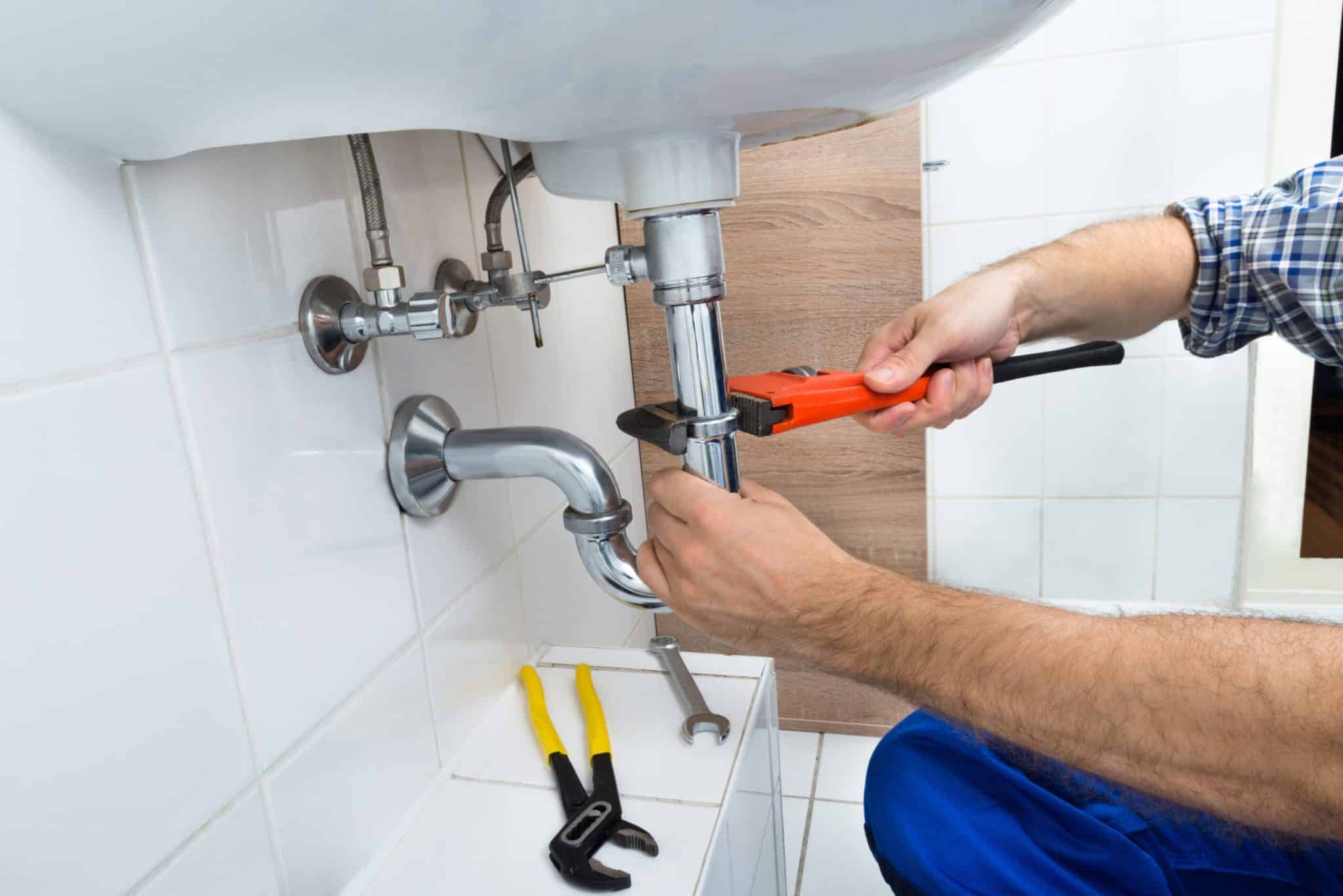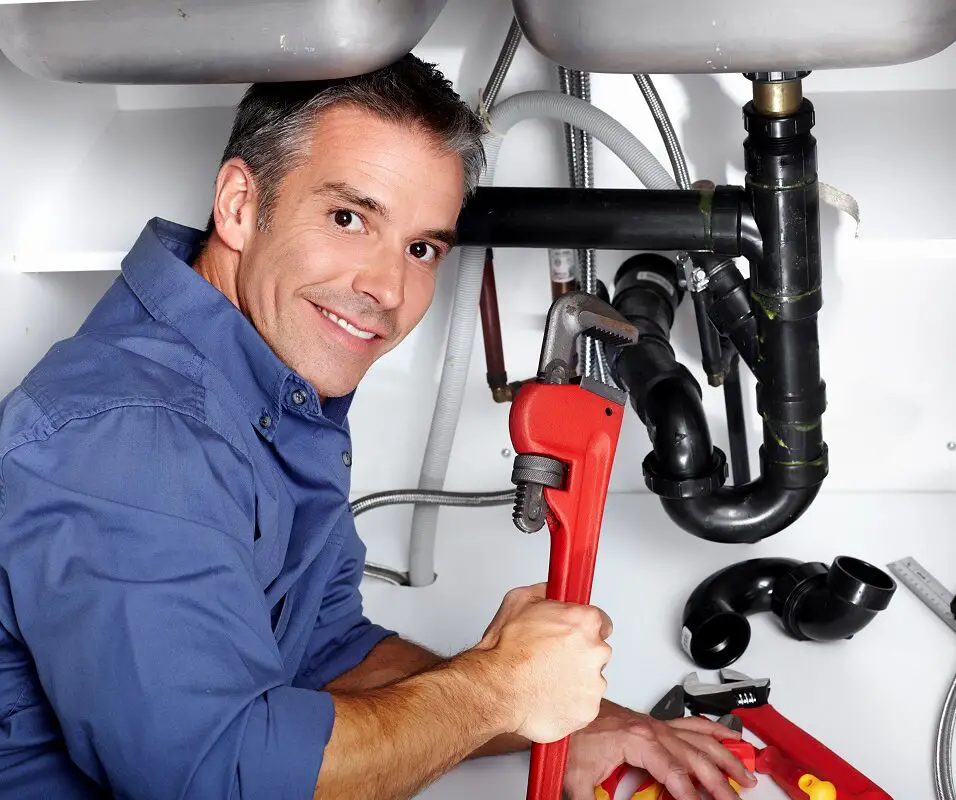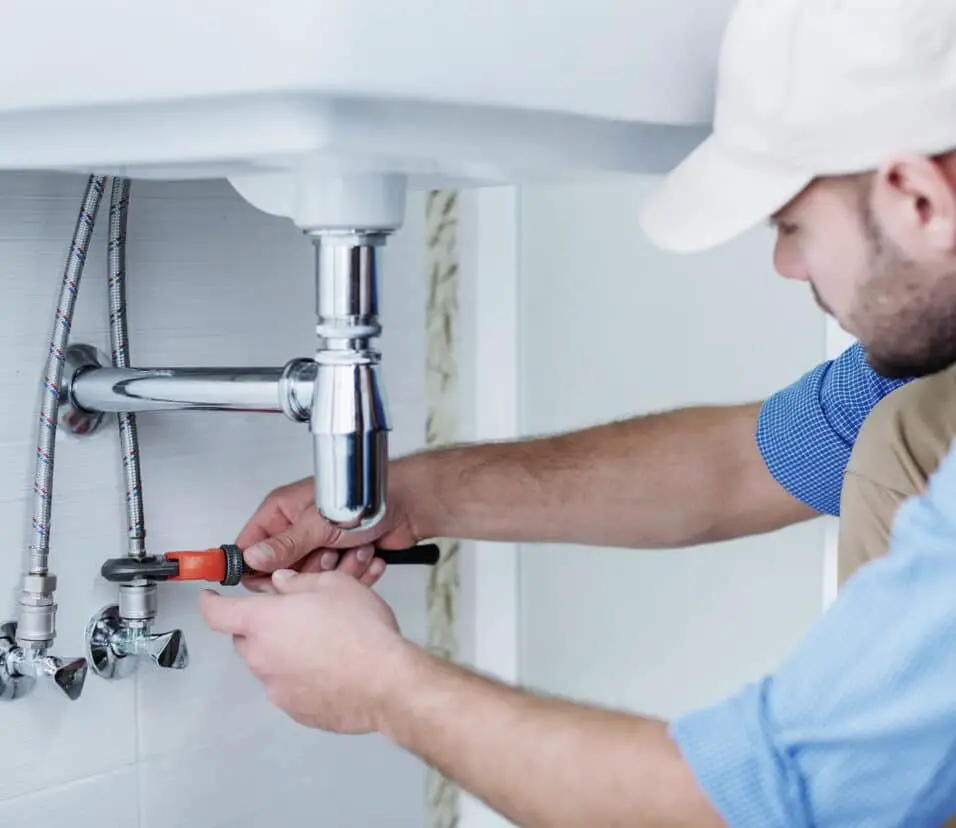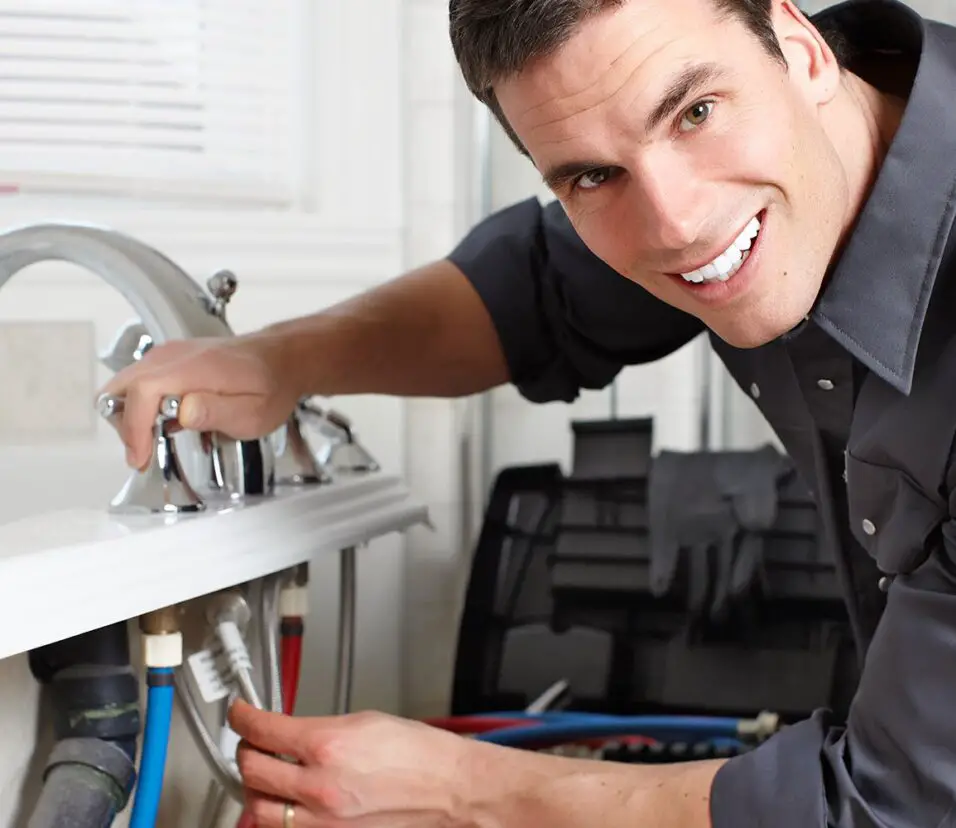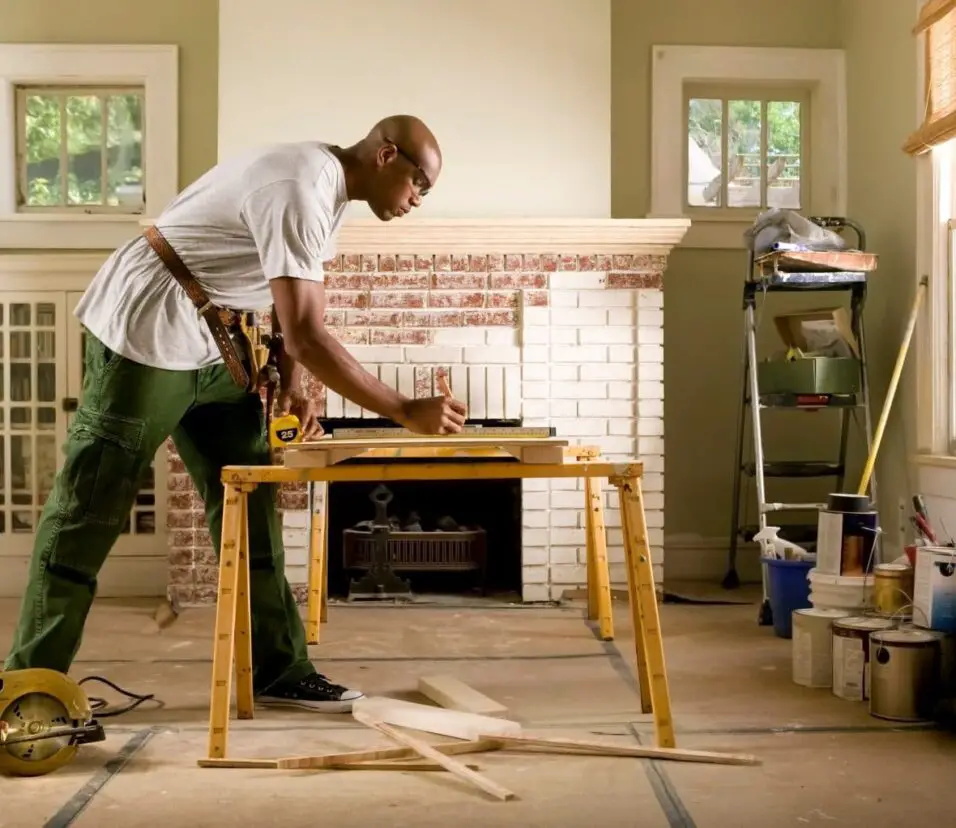What Is A Cross Connection In Plumbing
Introduction
What Is A Cross Connection In Plumbing: In the world of plumbing, ensuring the safety and purity of our water supply is of utmost importance. One potential threat to the quality of our drinking water is a phenomenon known as a cross connection. A cross connection occurs when the water supply pipes come into contact with sources of contamination, resulting in the possibility of backflow, which can introduce harmful substances into our potable water system. Understanding cross connections and implementing appropriate prevention measures is crucial for maintaining the integrity of our water supply.
A cross connection can occur in various plumbing systems, both in house plumbing residential and commercial settings. It happens when there is a connection between the potable water system and a source of non-potable or contaminated water. Examples of potential cross connections include connections between the drinking water supply and irrigation systems, fire sprinkler systems, industrial processes, or even swimming pools.
The consequences of cross connections can be severe, as they can lead to the contamination of our drinking water with chemicals, bacteria, or other harmful substances. This contamination poses a significant health risk to individuals who consume or come into contact with the contaminated water. These codes require the installation of backflow prevention devices, such as backflow preventers or check valves, at critical points in the plumbing system. These devices ensure that water flows in only one direction, preventing backflow and protecting against potential contamination.
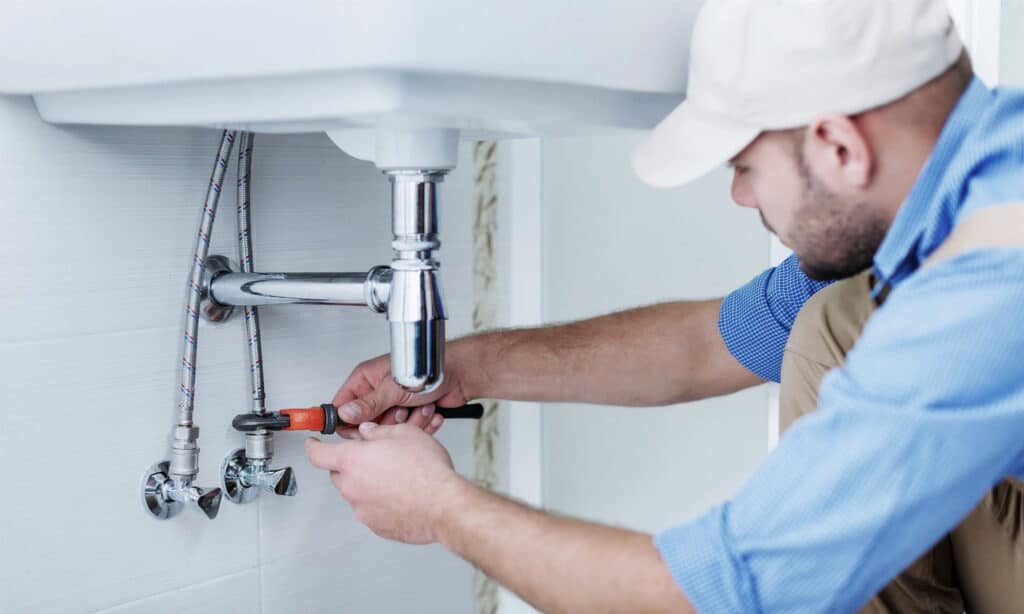
What Is An Example Of A Cross Connection In Plumbing?
Submerged irrigation system outlets, garden hoses submerged in pesticide mixtures, and piped connections delivering potable feed water to industrial processes like cooling towers are instances of cross-connections. Firefighting equipment hookups are also prevalent.
Cross connections in plumbing occur when potable water meets non-potable or contaminated water. The plumbing system may fail, contaminating the drinking water. Cross connections occur when garden hoses or utility sinks are improperly installed.
Imagine a garden hose submerged in water or linked to a chemical sprayer. If the plumbing system’s water pressure drops rapidly, such as during a water main break or fire hydrant use, the garden hose might suck tainted or non-potable water from the pool or chemical sprayer back into the potable water system.
Cross connections can also result from defective plumbing fixture installation, valve failure, or potable-non potable water system connections. Cross connections can let pesticides, pollutants, and pathogens into drinking water.
What Is Cross Connection In Plumbing?
Physical or virtual plumbing connections between potable and non-potable water. It could cause backflow or serious health issues.
Plumbing cross connections connect potable water to non-potable or contaminated water. A plumbing problem lets clean drinking water mix with dangerous contaminants or other water. Cross connections can contaminate water and spread diseases.
A connection can take various forms. Garden hoses are often misinstalled. In low water pressure, garden hoses connected to sprinklers, pools, or chemical containers might backflow. Reverse flow of non-potable water into potable water can pollute.
Cross connections can also result from faucet, toilet, and water outlet difficulties. Incorrectly fitted or damaged backflow protection systems can contaminate drinking water.
What Is Considered A Cross Connection?
Cross-connections connect a public or consumer’s potable water system to a nonpotable water or other source temporarily or permanently.
Plumbing cross connections allow potable water to touch polluted water. Toxins could enter clean water. Cross connections are possible depending on plumbing and risks.
An incorrectly installed hose or pipe connecting the potable water system to a non-potable source causes cross connections. A garden hose buried in a pool, attached to a chemical sprayer, or to a recovered water irrigation system are examples. Tainted water from these sources can reach the drinking water system if pressure lowers or backflows, posing health dangers.
Defective faucets, toilets, and water outlets can cause other cross connections. A faucet linked to a boiler or cooling system may release contaminated water into the potable water supply if pressure lowers.
What Is The Most Common Form Of A Cross Connection?
Garden hoses are most prevalent cross connections. Each of these garden hose uses creates a cross connection by shoving it into a clogged gutter, downspout, or sewage pipe.
The most common plumbing cross connection is inappropriate garden hose use or installation. Garden hoses are useful outdoor tools, but improper use can be dangerous.
Garden hoses often connect to non-potable water sources including outdoor faucets, sprinkler systems, and utility sinks, which causes cross connections. A garden hose buried in a pool, connected to a chemical sprayer, or connected to an irrigation system that uses reclaimed or untreated water might cross-contaminate.
Water main breaks, firefighting, and other events can lower water pressure in the plumbing system, causing backflow. The garden hose can return non-potable water, which may contain chemicals, bacteria, or other impurities, to the potable water supply.
What Are The Three Types Of Plumbing Connections?
Potable water pipes commonly use tee fittings. A wye is a “Y” with two inlets that meet at 45 degrees to form a drain outlet.
Plumbing systems use soldered or brazed, threaded, and compression connections.
Soldered or Brazed Connections: Solder or brazing joins metal pipes or fittings. It involves heating the junction and applying solder or brazing material to melt and fill the pipe gap. Solder or brazing substance solidifies when it cools, providing a leak-proof bond. Copper or brass pipes and fittings usually have soldered or brazed connections.
Screwing threaded pipes or fittings together creates threaded connections. Tapered threads seal well when the male and female threads are tightened. Galvanized steel, cast iron, and some plastic pipes employ threaded connectors. Assembly and disassembly are simple, making repairs and maintenance easy.
Compression connections combine pipes or fittings using compression fittings. A compression fitting has a compression nut, a compression ring (ferrule), and a body. Tightening the compression nut compresses the ring around the pipe, sealing it. Water supply lines to faucets and toilets are often connected with compression connections for copper, plastic, or PEX pipes.
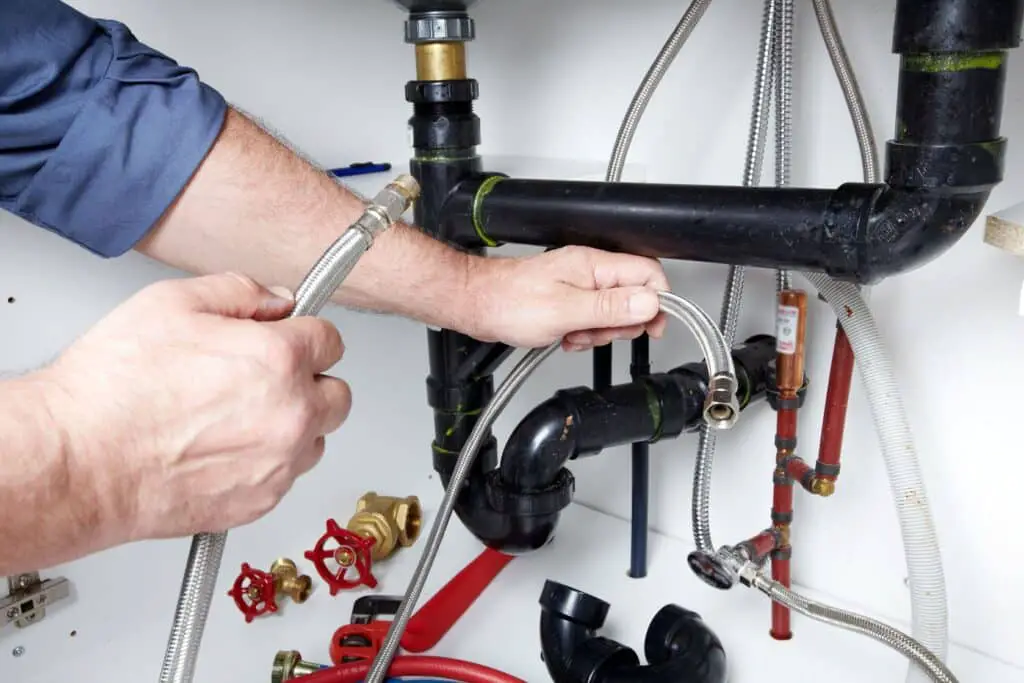
What Are The Sources Of Cross Connections?
Cross connections in plumbing can occur from various sources, including both intentional and unintentional connections. These sources can introduce contaminants or non-potable water into the clean drinking water supply, posing health risks. Here are some common sources of cross connections:
Garden Hoses: Improper use or installation of garden hoses is a significant source of cross connections. When a garden hose is connected to a non-potable water source, such as a pool, sprinkler system, or chemical container, and there is a drop in water pressure, contaminated water can flow back into the potable water system.
Plumbing Fixtures: Faulty or improperly installed plumbing fixtures, such as faucets, toilets, or water outlets, can lead to cross connections. If a fixture is connected to a non-potable water source or a contaminated plumbing system, backflow can occur, allowing contaminants to enter the drinking water supply.
Irrigation Systems: Improperly designed or installed irrigation systems can create cross connections. If an irrigation system is connected to a non-potable water source or uses reclaimed water without adequate backflow prevention, there is a risk of contaminating the potable water supply.
Fire Sprinkler Systems: Fire sprinkler systems are essential for fire protection, but they can also pose a risk of cross connections. If there is a drop in water pressure or a malfunction in the system, non-potable fire-suppression chemicals or stagnant water can backflow into the potable water system.
Chemical and Industrial Processes: In industrial or commercial settings, cross connections can occur from the use of chemicals, solvents, or industrial processes that require non-potable water. If proper safeguards and backflow prevention devices are not in place, these substances can contaminate the drinking water supply.
How Can Cross Connections Be Prevented?
Preventing cross connections is crucial to safeguarding the quality and safety of our drinking water. Here are some effective measures to prevent cross connections:
Backflow Prevention Devices: Install appropriate backflow prevention devices at potential cross connection points. These devices, such as backflow preventers or check valves, ensure that water flows in one direction only, preventing the backflow of contaminants into the potable water supply. It is essential to use devices suitable for the specific plumbing system and to have them installed by qualified professionals.
Regular Inspections: Conduct regular inspections of plumbing systems to identify and address any potential cross connections. This includes checking and maintaining backflow prevention devices, ensuring they are functioning correctly and are not damaged or obstructed. Professional plumbers or water utility companies can perform these inspections and provide guidance on compliance with plumbing codes and regulations.
Education and Awareness: Promote education and awareness about cross connections among homeowners, businesses, and the general public. Inform individuals about the risks associated with cross connections and the importance of proper plumbing practices. Encourage the correct use and installation of garden hoses, irrigation systems, and plumbing fixtures to minimize the potential for cross connections.
Plumbing Codes and Regulations: Adhere to plumbing codes and regulations set by local authorities. These codes provide guidelines for the design, installation, and maintenance of plumbing systems, including requirements for backflow prevention. Compliance with these regulations helps ensure the prevention of cross connections and promotes the overall safety of the water supply.
Are There Regulations Or Standards Related To Cross Connections?
Here are some examples:
Plumbing Codes: Most jurisdictions have plumbing codes that outline requirements for plumbing system design, installation, and maintenance. These codes often include provisions specifically related to cross connections and backflow prevention. Examples of widely adopted plumbing codes include the International Plumbing Code (IPC), the Uniform Plumbing Code (UPC), and the National Plumbing Code of Canada.
Backflow Prevention Standards: Several organizations have developed standards for backflow prevention devices and practices. One notable organization is the American Society of Sanitary Engineering (ASSE), which has developed standards for various types of backflow prevention devices. These standards define the performance and testing requirements for these devices, ensuring they effectively prevent backflow and cross connections.
Water Utility Regulations: Water utilities often have their own regulations and guidelines regarding cross connections. They may require customers to install and maintain appropriate backflow prevention devices at specific points within their plumbing systems. Water utilities also conduct regular inspections to ensure compliance with regulations and protect the integrity of the public water supply.
Professional Certifications: Professional certifications, such as those offered by the American Society of Plumbing Engineers (ASPE) or the American Backflow Prevention Association (ABPA), provide recognition and expertise in the field of cross connections and backflow prevention. These certifications validate the knowledge and skills of professionals involved in the design, installation, and maintenance of plumbing systems.
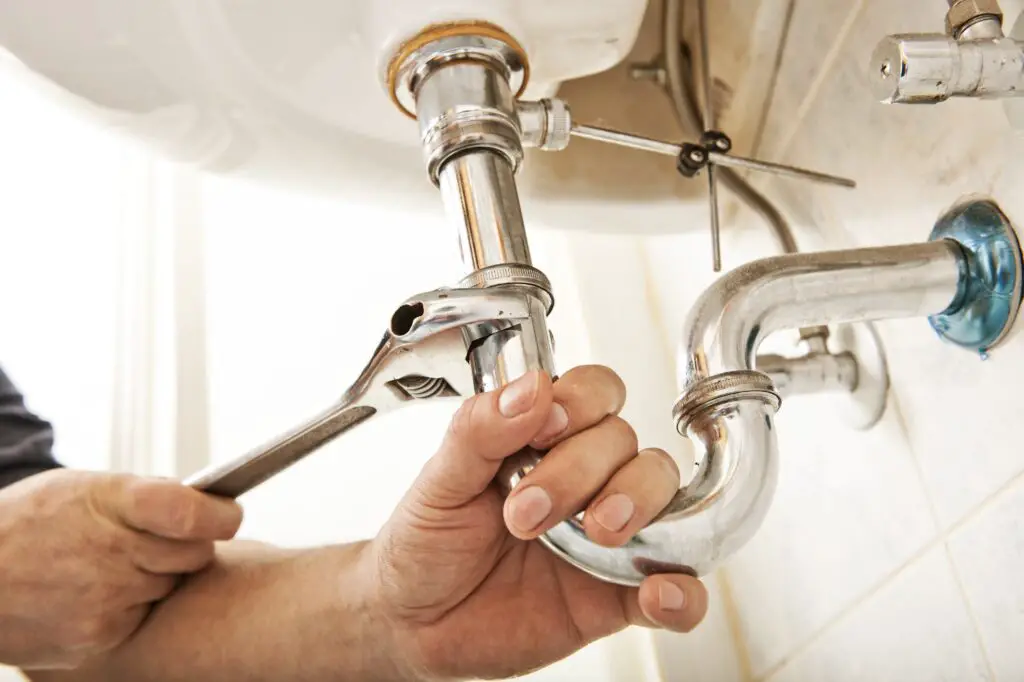
Conclusion
In the realm of plumbing, cross connections represent a significant threat to the integrity of our water supply. Understanding and addressing these connections are essential to ensuring the safety and quality of our drinking water. By examining the concept of cross connections and their potential consequences, we can appreciate the importance of taking preventive measures and adhering to plumbing codes and regulations.
A cross connection occurs when a potable water system becomes linked with a non-potable or contaminated water source. This connection poses a risk of backflow, which can introduce harmful substances into our drinking water. The consequences of cross connections can be severe, ranging from chemical contamination to the presence of bacteria or other contaminants. Therefore, protecting against cross connections is crucial for safeguarding public health.
To mitigate the risks associated with cross connections, plumbing material codes and regulations have been established. These guidelines mandate the use of backflow prevention devices, such as check valves or backflow preventers, which ensure that water flows in one direction only, preventing backflow and contamination. Adhering to these regulations and regularly inspecting and maintaining plumbing systems can significantly reduce the likelihood of cross connections.



